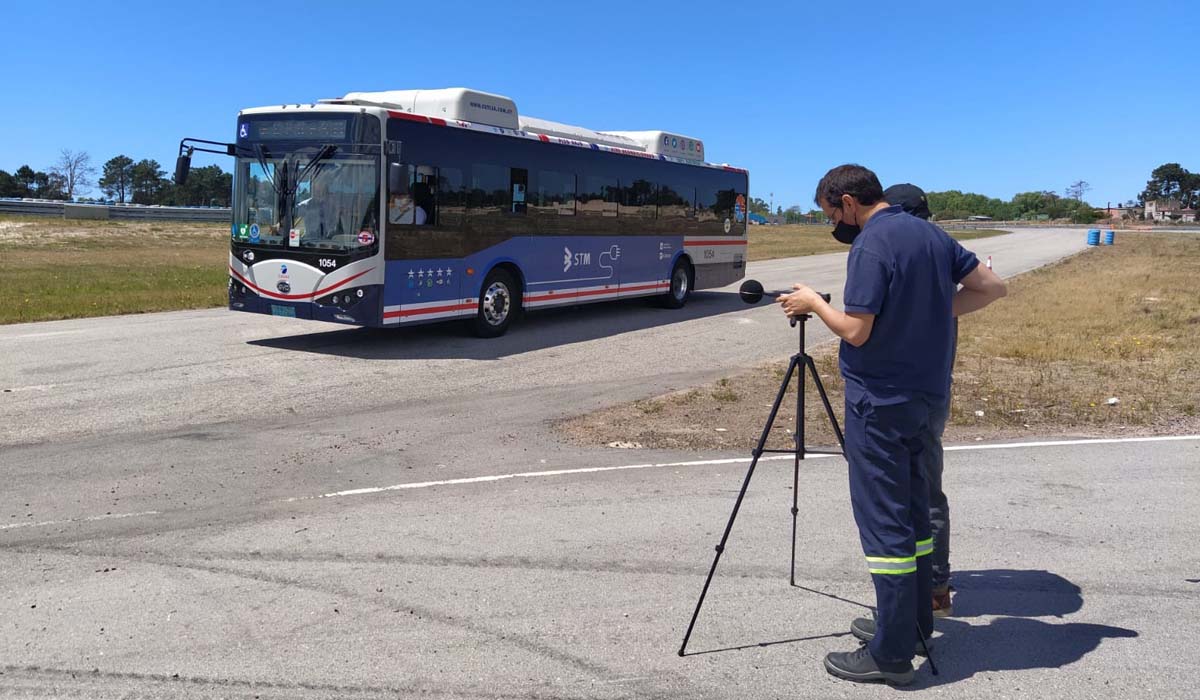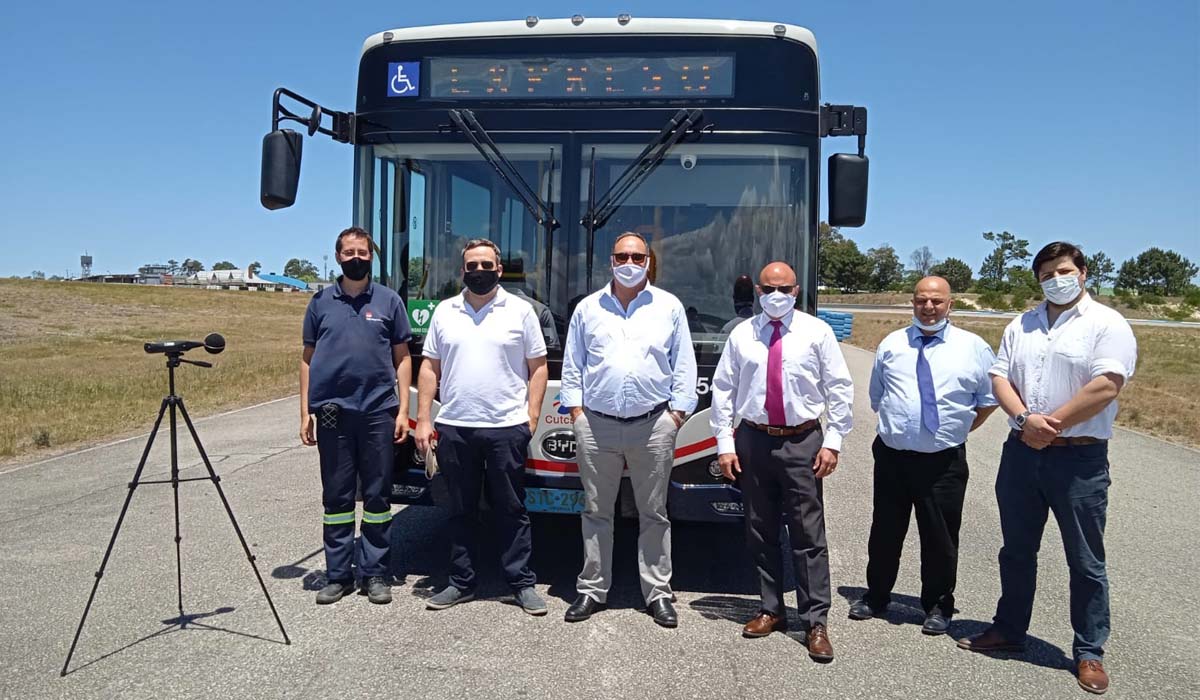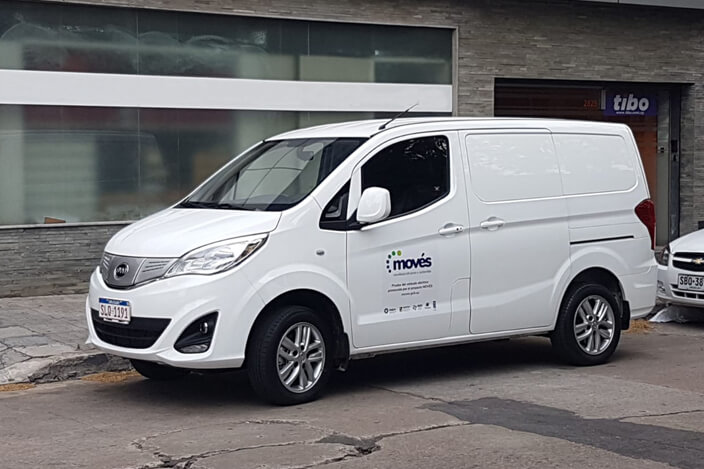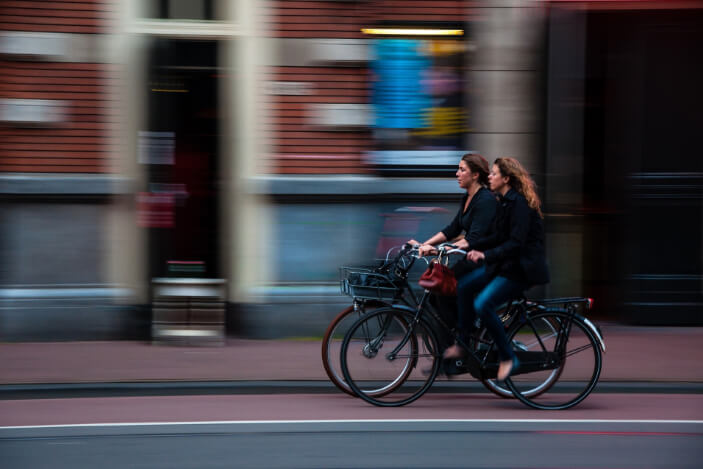What is this study about?
This consultancy is aligned with the promotion of cultural change towards more sustainable modes of mobility. The object of the study was to carry out environmental measurements of noise associated with buses of the capital’s public transport system, both within the units and of the noise they generate in the environment they circulate.
The study compares noise level, under different test conditions, between conventional diesel units and electric units, obtaining test elements that allow determining noise pollution level to which public transport users and the general population are exposed.
Sound can be defined as any pressure variation that human ear can detect (range 20 mPa – 100 mPa). 20 mPa corresponds to the threshold of hearing.

How the consulting is implemented?
Two electric units with less than one year of operation (E1a and E1b) and two diesel units were studied, one of them Euro V (C1), with less than one year in circulation and the second with more than five years of activity (C5). Measurements were made at the Victor Borrat Fabini Racetrack, located in El Pinar.
Measurements were made in three scenarios:
-unit on, but stopped (vehicle idling)
-unit at start (0 to 25 km / h)
-drive at constant speed of 10, 20, 30, 40, 50 and 60 km / h


Main conclusions
NPS differences for the electric and conventional technologies are very significant in stopped vehicles, accelerating and circulating at low speeds (<30 km / h) scenarios, both inside and outside the units.
Exterior noise
Electric units registered lower values of equivalent sound pressure level LAeq in all the scenarios considered. The differences are very significant at low speeds (<30 km / h) and converge as speed increases, mainly above 50 km / h. It should be noted that buses circulation speed in Montevideo is mainly less than 30 km / h, according to data from the Mobility Observatory of Intendencia de Montevideo.. The difference between the two technologies is very significant also for stopped vehicles and vehicles accelerating between 0 and 25 km / h.
The change perception associated with the differences between both technologies would be very significant at speeds below 30 km / h, important and obvious between 30 and 40 km / h, noticeable between 40 and 50 km / h and little or no noticeable from 50 km / h according to typical scales of perception of difference of sounds for impact receptors.


Interior noise
Electric units registered lower LAeq values in all scenarios, with the only exception of 60 km / h (records similar to C1). The differences were greater in stopped vehicles, accelerating and circulating at low speeds. Sound pressure levels (SPL) converge for the two technologies with increasing speed, although in this case the convergence occurs at lower speeds. For interior noise, conventional units present perceptible differences depending on the age of the vehicle.
The perception of change associated with the differences between the two technologies would be important and obvious at speeds below 30 km / h, noticeable between 30 and 40 km / h, and little or no noticeable from 40 km / h according to typical scales of perception of difference of sounds for impact receptors.




